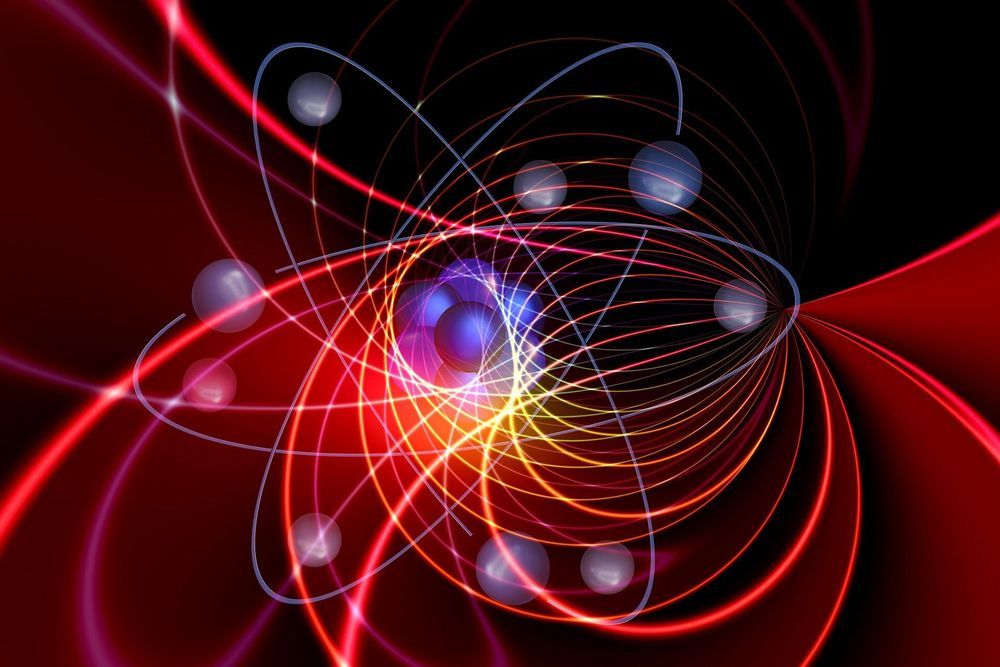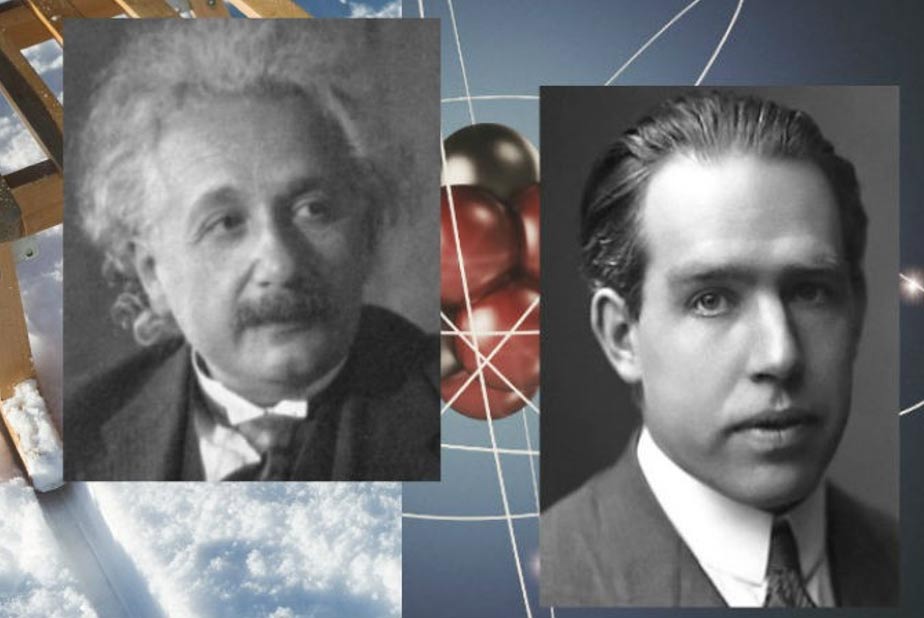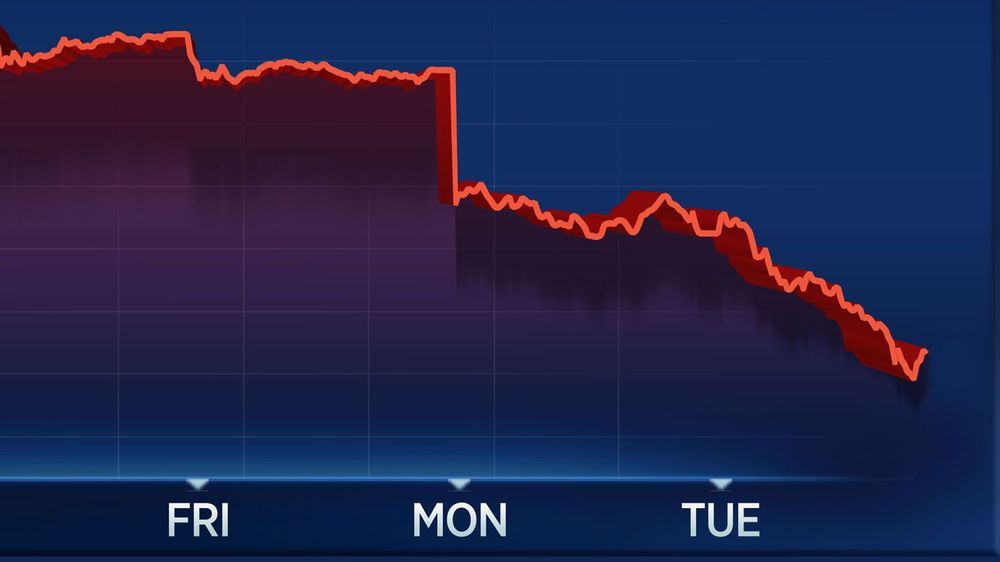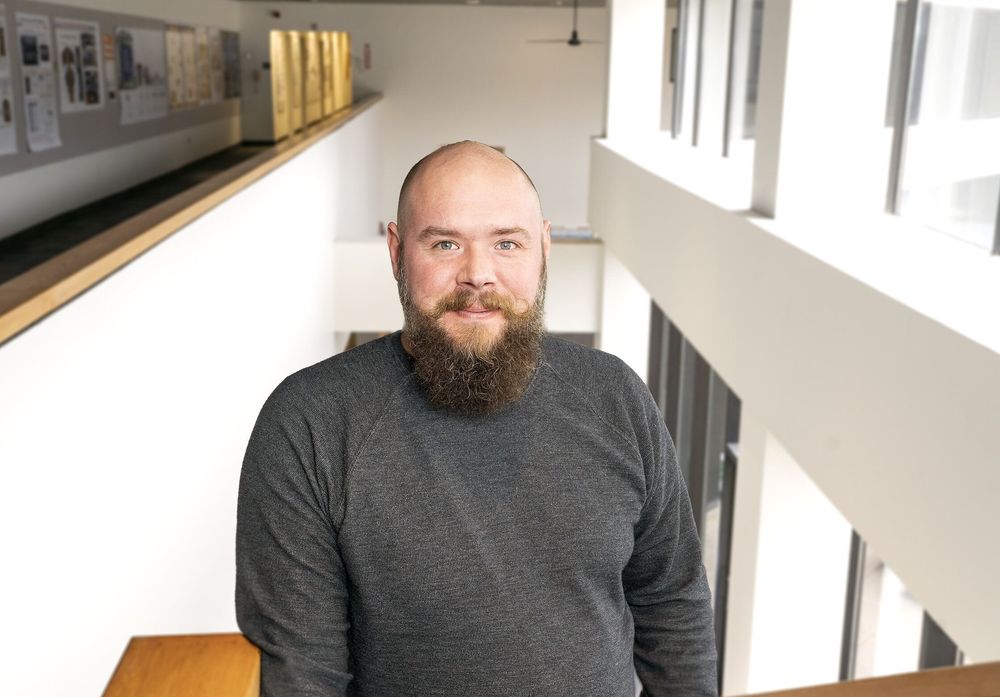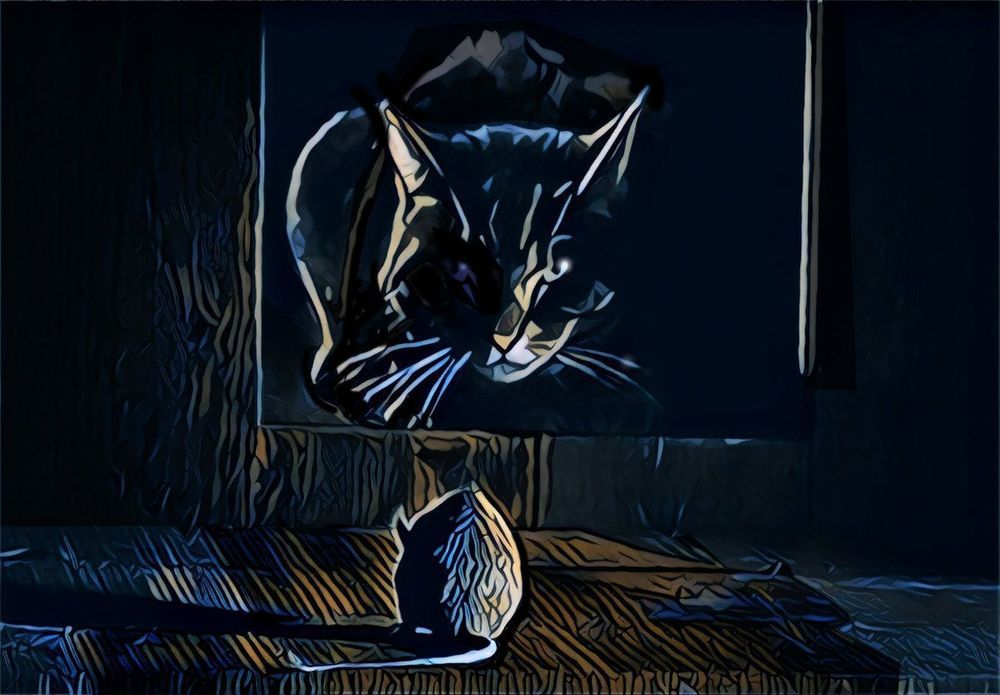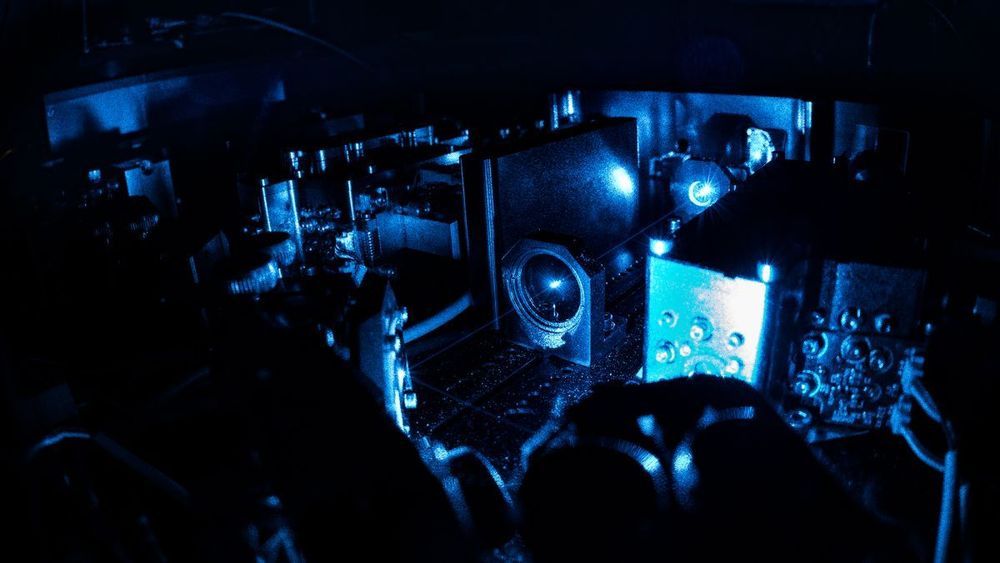L1gh t, a fledgling AI startup that wants to help technology companies combat online toxicity, bullying, and abuse, has raised $15 million in a seed round of funding from Mangrove Capital Partners, Tribeca Venture Partners, and Western Technology Investment.
The company’s substantial seed funding comes as tech companies are struggling to contain offensive and harmful behavior on their platforms. It’s nearly impossible to monitor massive platforms manually, which is why automation and AI are playing increasing roles in the gatekeeping process — but they still can’t detect every piece of abusive content. Moreover, technology companies have other priorities to juggle — such as making more money and growing their user base. Against this backdrop, L1ght is hoping to carve out a niche by focusing on safeguarding children.


